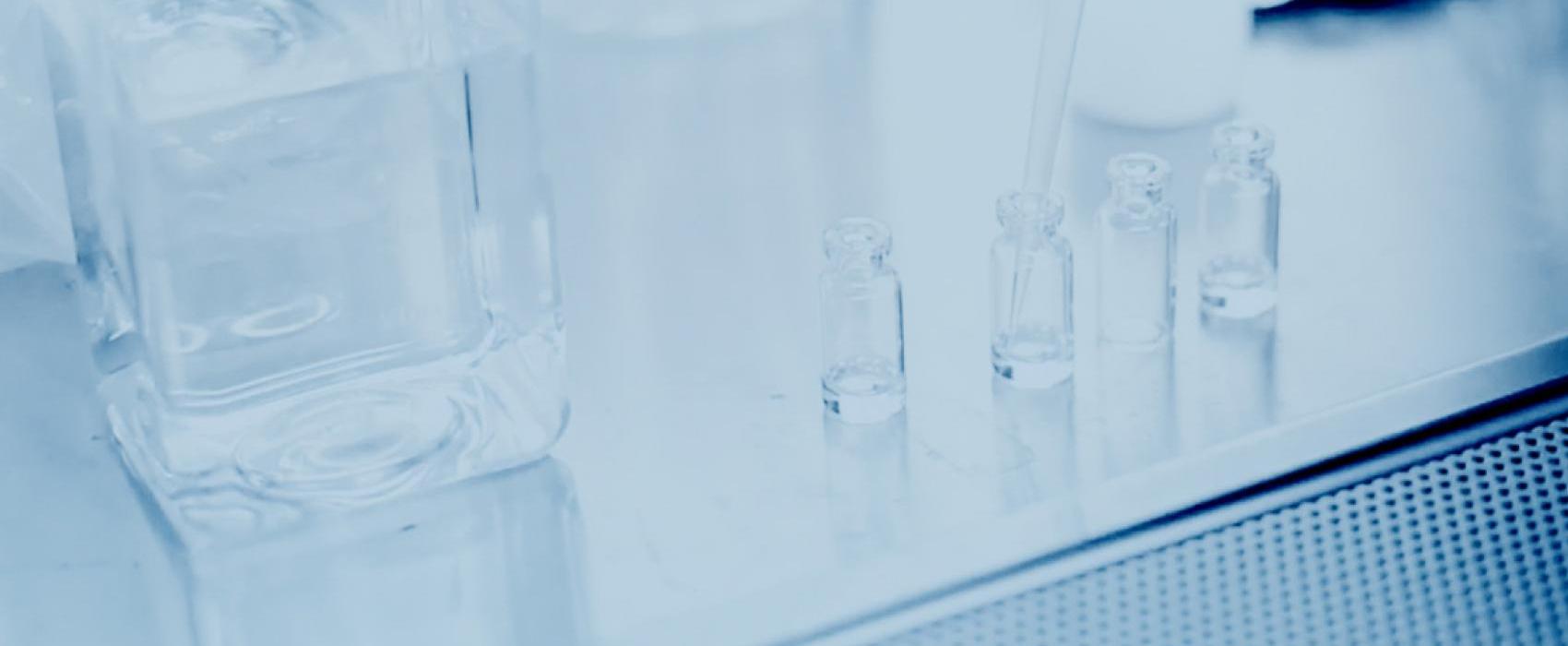Study finds a window of opportunity for CD8+ T cells to reduce overall number of HIV-infected cells
Silver Spring, Md. – A new study has shown that potent HIV-specific CD8+ T cells that are able to kill HIV-producing cells and reduce the seeding of the HIV reservoir are only detected at peak viremia in acute HIV infection. Findings from the study, which was led by the U.S. Military HIV Research Program (MHRP) of the Walter Reed Army Institute of Research, were published today in Science Translational Medicine.
HIV-specific CD8+ T cells are white blood cells that kill cells infected with HIV. CD8+ T cells play a critical role in controlling HIV viremia and could be important in reducing overall numbers of HIV-infected cells in approaches to eradicate HIV.
Researchers studied HIV-specific CD8+ T cells in samples from MHRP’s unique RV254 acute infection study, a cohort of individuals who are recruited at the earliest stages of acute HIV infection (AHI), usually within weeks of infection, and placed on ART immediately. RV254 is led by Dr. Jintanat Ananworanich, MHRP’s Associate Director for Therapeutics Research, and conducted in collaboration with the Thai Red Cross
In the current study, researchers were able to track immune response through three distinct AHI stages. They found that the HIV-specific CD8+ T cells generated during AHI stage 1 and 2, prior to peak viremia, are delayed in expanding and acquiring effector functions, meaning they are less effective at controlling HIV replication.
In contrast, the fully differentiated HIV-specific CD8+ T cells found at peak viremia, or AHI stage 3, were associated with a steeper viral load decrease after ART initiation. Importantly, these fully-differentiated cells able persist after ART initiation correlated with a decreased seeding of the HIV reservoir.
“Fully differentiated HIV-specific CD8+ T cells were still present two weeks after ART initiation, but their numbers decline drastically,” said Dr. Lydie Trautmann, MHRP’s Chief of Cellular Immunology and senior author of the paper. “Interventions aiming at prolonging their survival might have profound impact on the HIV reservoir size. The remaining challenge over the next few years will be to find ways to induce and maintain these potent HIV-specific CD8+ effector T cells by immune interventions.”
The viral reservoir poses a critical challenge in the quest to cure HIV infection since it contains cells in which the HIV virus can lie dormant for many years, thereby avoiding elimination by antiretroviral therapy.
This study was conducted in collaboration with the Thai Red Cross AIDS Research Center and SEARCH Thailand. MHRP’s acute infection cohort in Thailand, RV254, provides insight into crucial stages of early HIV infection in order to better understand how the immune system responds during the critical moments of early infection.
###
Funding
The study was supported by NIH grant R01AI108433 and a cooperative agreement (W81XWH- 07-2-0067) between the Henry M. Jackson Foundation for the Advancement of Military Medicine, Inc., and the U.S. Department of Defense (DoD).
About MHRP
The U.S. Military HIV Research Program (MHRP) at the Walter Reed Army Institute of Research conducts research to develop an effective HIV vaccine and integrates prevention, treatment, diagnosis and monitoring as part of a global effort to protect troops and reduce the impact of HIV worldwide. MHRP has six clinical research sites in the US, Africa and Asia. The program successfully collaborates on HIV prevention care and treatment services, funded by the President’s Emergency Plan for AIDS Relief (PEPFAR), with African militaries and in the communities where it conducts research. For more information, visit www.hivresearch.org or find MHRP on Facebook, www.facebook.com/hivresearch, and Twitter at @MHRPInfo.
